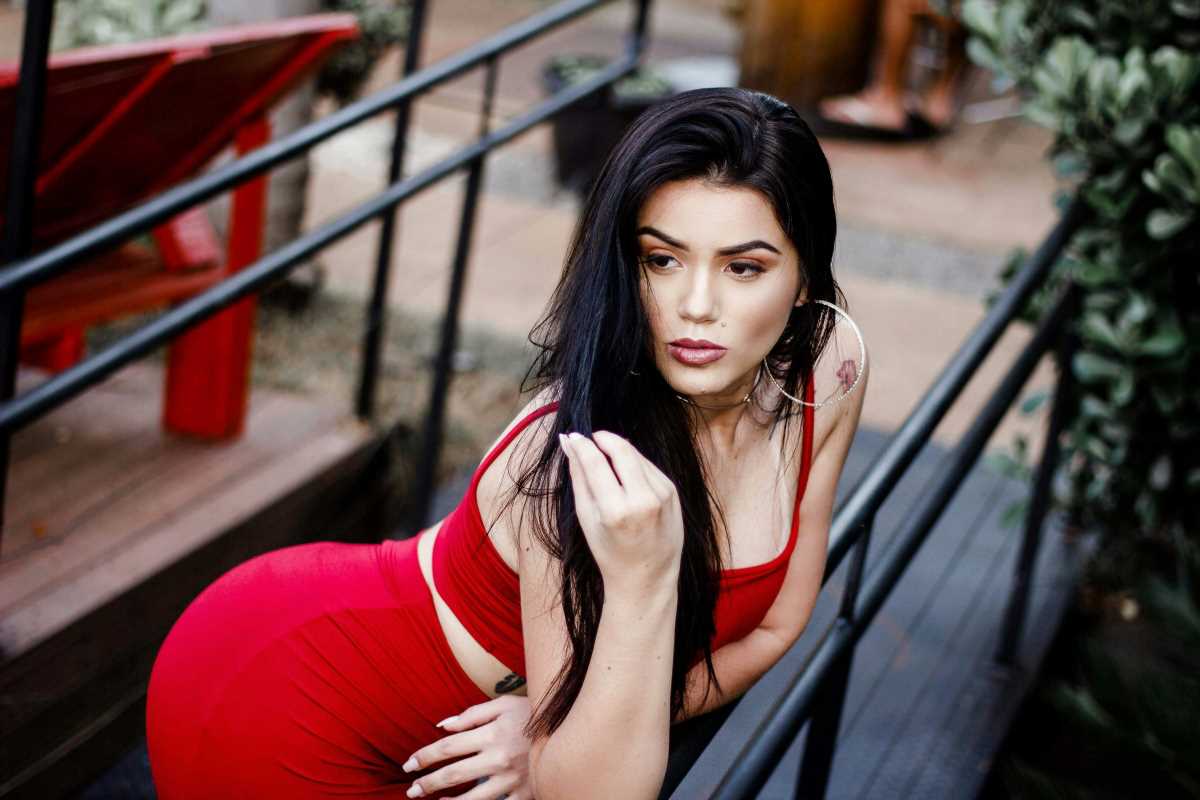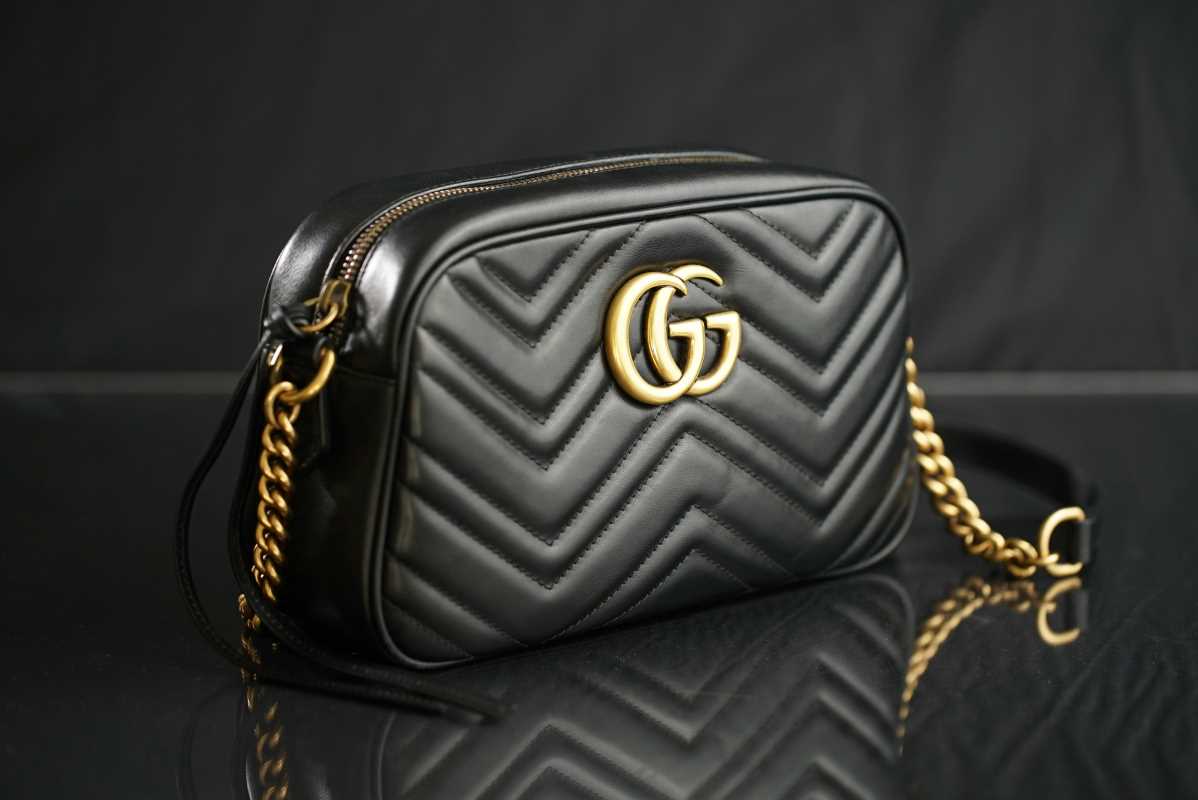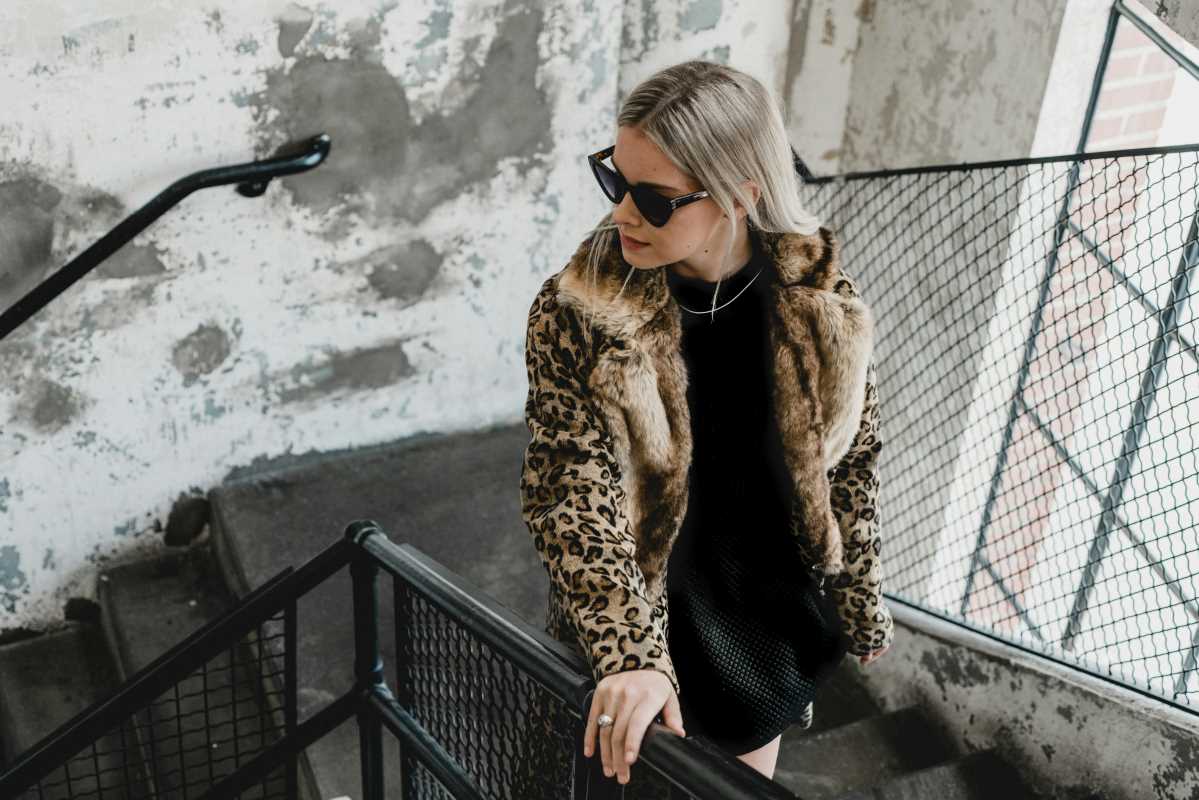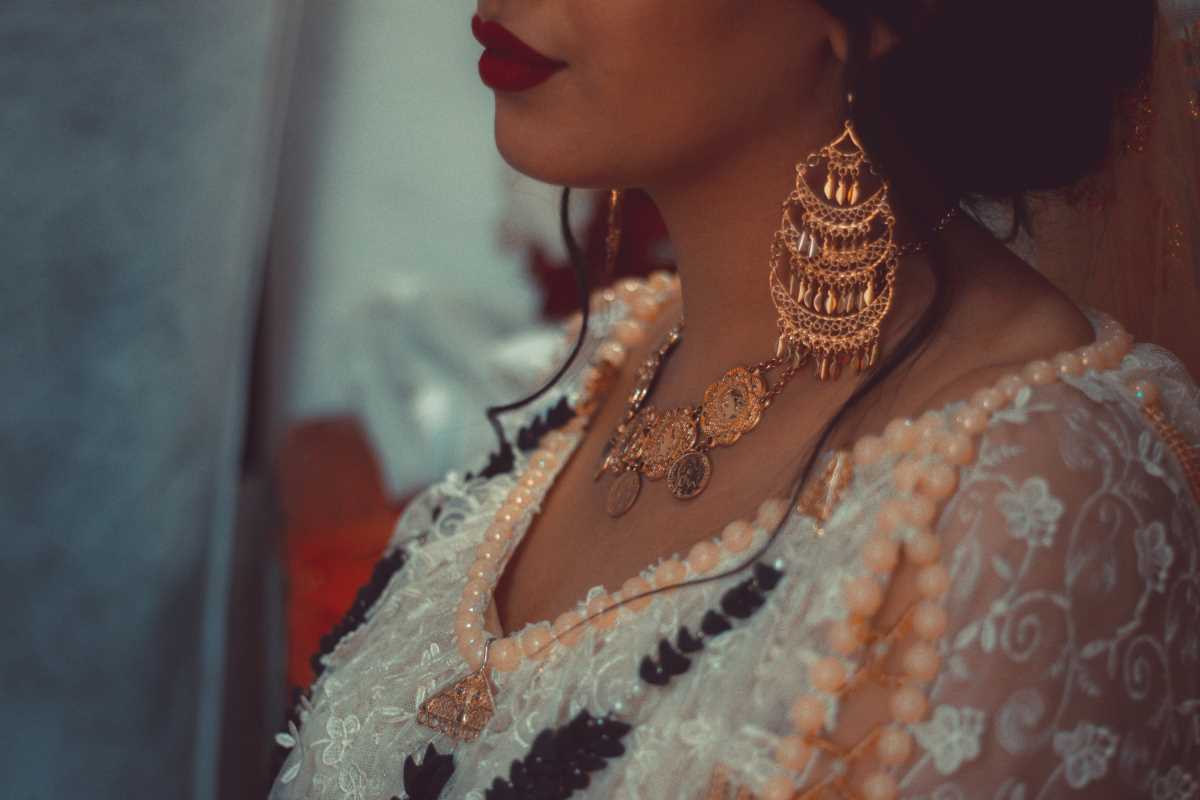Fashion is a way to tell stories, express identity, and capture moments in time. Today, global fashion feels like a melting pot of ideas, where traditional elements from different cultures meet modern trends in exciting and sometimes surprising ways. High-end designers weave heritage into luxury fabrics, while streetwear brands spotlight traditional patterns. The line between the past and present is beautifully blurred. Cultural fashion influences, ranging from East Asian silk embroidery to West African prints, are reshaping our entire perception of style. How exactly are these cultural touchstones shaping what we wear? And why does it matter? Grab your favorite outfit and settle in. We’re about to take a deep look into how tradition and modernity are bridging the global fashion gap.
Borrowing from Tradition in a Globalized World
Fashion is increasingly global, but instead of erasing borders, it’s celebrating them. One trend we’re seeing more of is designers pulling from the rich textiles, patterns, and techniques of specific cultures. Think of it like cultural storytelling, but through clothes.
The kimono, a garment worn for centuries in Japan, is no longer just tied to ceremonial events. Modern designers have reimagined its fluid silhouette, adding tailored twists to create coats or dresses that work for everyday wear. Label Sacai blends kimono-inspired cuts with contemporary biker jackets for a traditional and futuristic look.
India is another cultural powerhouse in fashion. The saree, known for its elegance and drape, has been reborn in countless runway collections. Designers like Sabyasachi bring handwoven fabrics and intricate embroidery into the modern fashion world. Bollywood actresses flaunt saree-meets-sportswear hybrids with sneakers and statement belts.
And beyond these iconic garments, traditional techniques are having their moment. Indonesian batik, a wax-resist dyeing technique, is showing up everywhere from Parisian designer labels to eco-friendly streetwear. It’s sustainable, artistic, and carries deep cultural significance that speaks to today’s love of storytelling in fashion.
African Prints Revitalize Global Wardrobes
Bold colors and striking patterns are cropping up in collections across the globe lately, showcasing the influence of Africa. The continent’s fashion is rooted in storytelling, community, and deep cultural history, and its aesthetics have leaped onto the worldwide stage.
Ankara prints, vibrant wax-dyed fabrics from West Africa, have become a symbol of pride and creativity. Celebrities and global designers alike are recognizing their appeal. Beyoncé wore head-to-toe Ankara-inspired outfits in her Black Is King visual album. She didn’t just nod to African fashion. She made a statement about celebrating her heritage. Brands like Stella Jean are also known for mixing African prints with Western tailoring, creating pieces that are both head-turning and wearable.
Streetwear brands are also jumping on the trend by incorporating African prints into joggers, hoodies, and sneakers. It’s all about blending comfort with culture, appealing to younger generations looking for pieces that make a statement and tell a story.
K-Pop and the Rise of Korean Street Style
No conversation about cultural influences in fashion would be complete without mentioning South Korea. The global rise of K-pop has cast a spotlight on Korean street style, a look that fuses experimental design with practicality. It’s bold, playful, and entirely unique.
Many K-pop stars, like BTS or BLACKPINK, have incorporated baggy hoodies, wide-leg pants, and dramatic layers into their off-stage personas. This exaggerated vibe feels theatrical but approachable, inspiring fans worldwide to try the layered, “more-is-more” aesthetic.
Hanbok, the traditional Korean dress, has also seen a modern twist. Designers like Kim Yeong-jin are turning hanbok elements into crop tops, mini dresses, and statement jewelry. The once highly formal garment has found its way into casual wear, making it relevant for a new generation of fashion enthusiasts.
What makes Korean fashion so captivating is its balance of edge and authenticity. Seoul’s neighborhoods, such as Myeongdong and Hongdae, are filled with a mix of high-fashion boutiques and small, innovative labels that push the boundaries. Fashion-forward fans from New York to London have taken notes, creating a ripple effect that cements Korea’s role as a style leader.
Indigenous Craftsmanship in Sustainable Fashion
The growing conversation around sustainability in fashion opens new doors for indigenous cultures to show how they’ve been practicing eco-friendly production for centuries. Small fashion houses look to Indigenous artisans worldwide to create pieces emphasizing craftsmanship, quality, and minimal environmental impact.
South American alpaca wool, used by Andean communities, offers a sustainable and luxurious alternative to traditional wool. Many ethical brands are working directly with local artisans, creating soft sweaters and scarves that carry the history of an entire region. Similarly, the Native American influence on beaded jewelry has been gaining notoriety, inspiring accessories that feel handmade, yet cutting-edge.
It’s about craftsmanship and the emotional weight of handmade items. When people buy garments crafted by Indigenous communities, they’re often buying into values like mindfulness, tradition, and sustainability. This is a powerful counterbalance to fast fashion’s environmental toll for many in the fashion world.
Middle Eastern Embellishments Go Global
The Middle East has always been known for intricate embroidery and luxurious textiles, but now these design elements are making waves internationally. Kaftans, for instance, have evolved from traditional robes into versatile, bohemian looks. Designers like Elie Saab and Zuhair Murad, both from Lebanon, have brought a Middle Eastern flair to haute couture that feels otherworldly yet modern.
Then there’s the art of embellishment. Middle Eastern garments often feature heavy beadwork, shimmering metallics, or delicate hand-stitched patterns. These design elements have influenced everything from evening gowns to casual, day-to-day pieces, adding a dash of luxury to wardrobes everywhere.
What’s fascinating is how these artisanship-heavy traditions are blending with modern cuts. A kaftan-inspired coat styled with sneakers or a pair of embroidered joggers? It’s proof that age-old crafts are more versatile than we give them credit for.
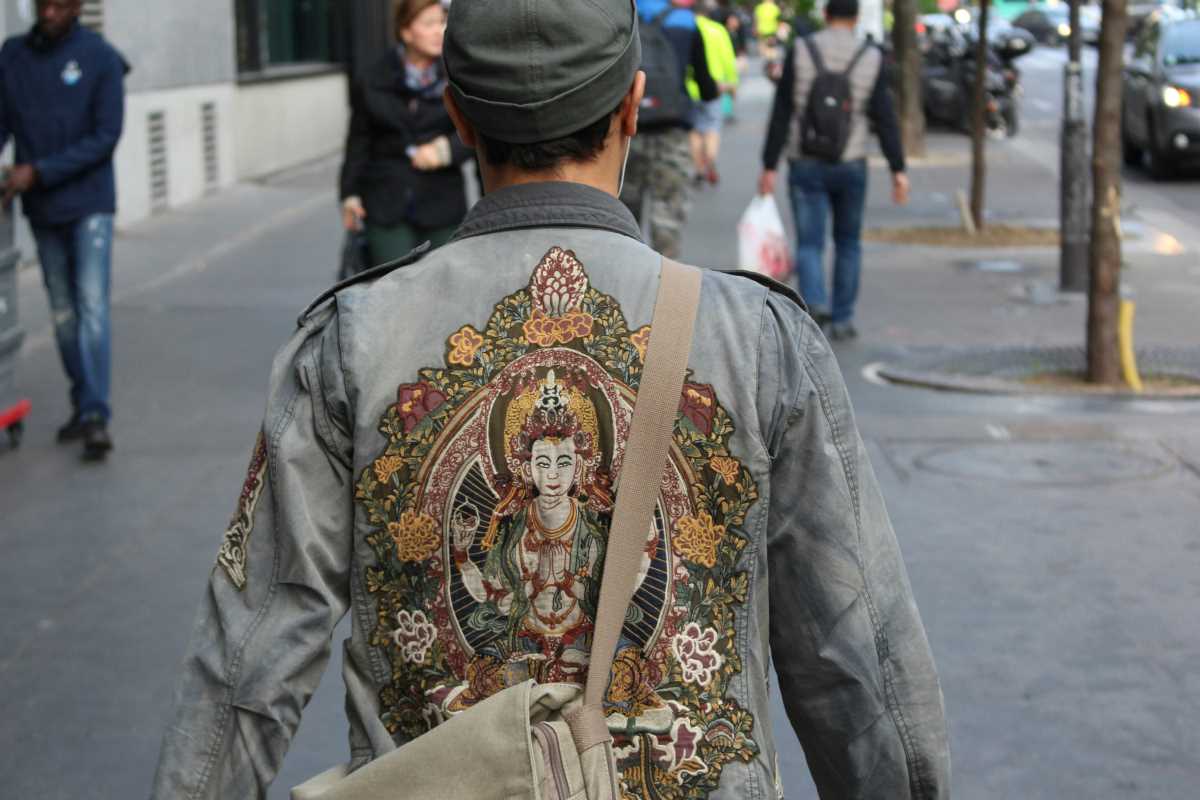 (Image via
(Image via